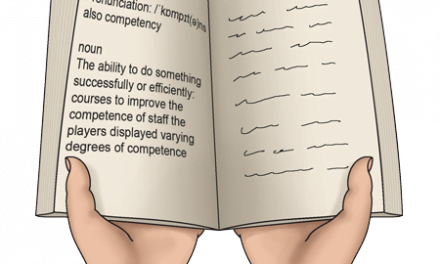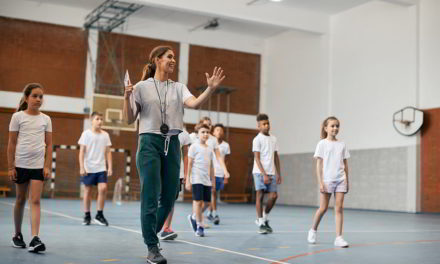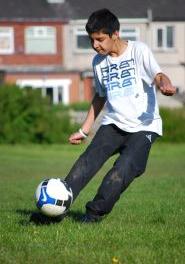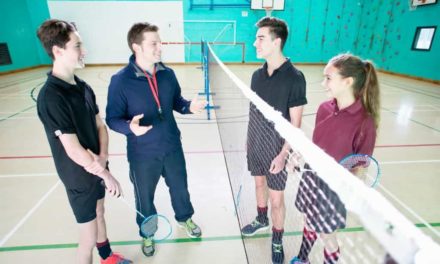Physical literacy, a concept gaining significant traction in the realm of education, encompasses an individual’s motivation, confidence, physical competence, knowledge, and understanding to engage in physical activities for life. Its integration into physical education (PE) curricula holds immense potential to empower individuals to adopt an active lifestyle, reaping the associated health and well-being benefits.
Understanding the Pillars of Physical Literacy
Physical literacy is not merely about mastering physical skills; it’s a holistic approach that fosters a lifelong love for movement. The five
key pillars of physical literacy are:
- Motivation: The desire and enthusiasm to engage in physical activity.
- Confidence: The belief in one’s ability to participate and succeed in physical activities.
- Physical Competence: The mastery of fundamental movement skills, sports-specific techniques, and fitness components.
- Knowledge and Understanding: Awareness of the benefits of physical activity, safety practices, and principles of movement.
- Responsibility: The ability to make informed decisions about physical activity and take ownership of one’s health and well-being.
Physical education teachers employ a range of strategies to promote physical literacy
- Focusing on fundamental motor skills: These foundational skills, such as running, jumping, throwing, and catching, form the basis for more complex activities and sports.
- Incorporating a variety of activities: Exposure to a diverse range of sports, games, and movement experiences broadens children’s skill sets and keeps them engaged.
- Promoting active participation: Physical education classes are designed to be hands-on and engaging, encouraging active participation rather than passive observation.
- Emphasising safety and proper technique: Children learn the importance of safe practices and proper techniques to prevent injuries and develop good habits that carry into their lifelong physical activity.
- Teaching the benefits of physical activity: Physical education teachers instil in children the knowledge and understanding of the positive impact of physical activity on their overall health and well-being.
- Nurturing a positive and inclusive environment: Physical education classes foster a supportive and encouraging atmosphere where children feel comfortable and motivated to participate, regardless of their ability level.
Strategies for Promoting Physical Literacy in Physical Education
Several effective strategies can be employed to promote physical literacy in physical education settings. These can include:
- Activity-Based Learning: Engage students in a variety of movement experiences, including games, sports, fitness activities, and dance.
- Differentiated Instruction: Cater to individual needs and abilities by providing multiple levels of challenge and support.
- Supportive Learning Environment: Foster a positive and inclusive atmosphere where students feel comfortable taking risks and learning from their experiences.
- Collaboration and Teamwork: Encourage students to work together, promote peer support, and celebrate individual and team achievements.
- Real-World Connections: Connect physical activities to real-world situations and emphasise the benefits of physical activity for lifelong health and well-being.
Using an online platform to help
PE Office provides a comprehensive range of resources and support to help physical education teachers integrate literacy into their lessons.
The resources include lesson plans, worksheets, and assessment tools that are specifically designed to promote vocabulary development, reading comprehension, and writing skills in the
context of physical education.
PE Office also offers professional development opportunities for teachers to learn more about effective literacy strategies in PE.










